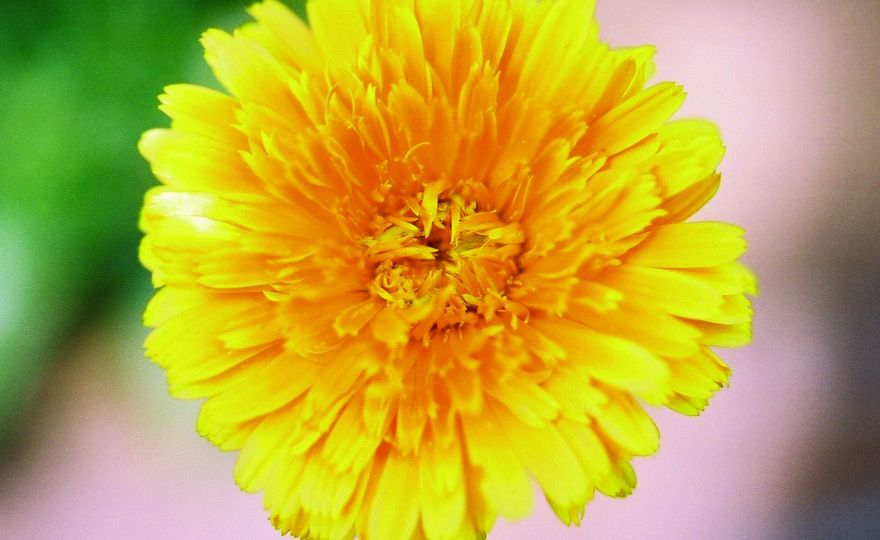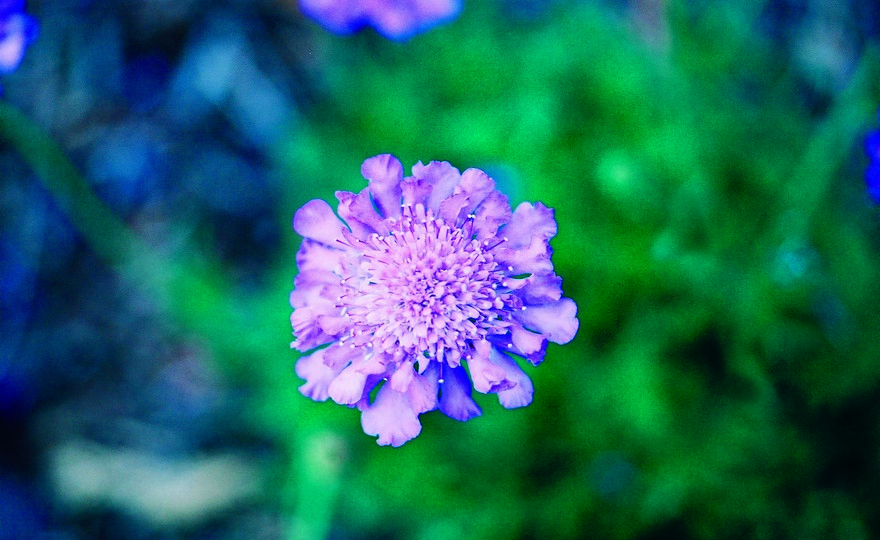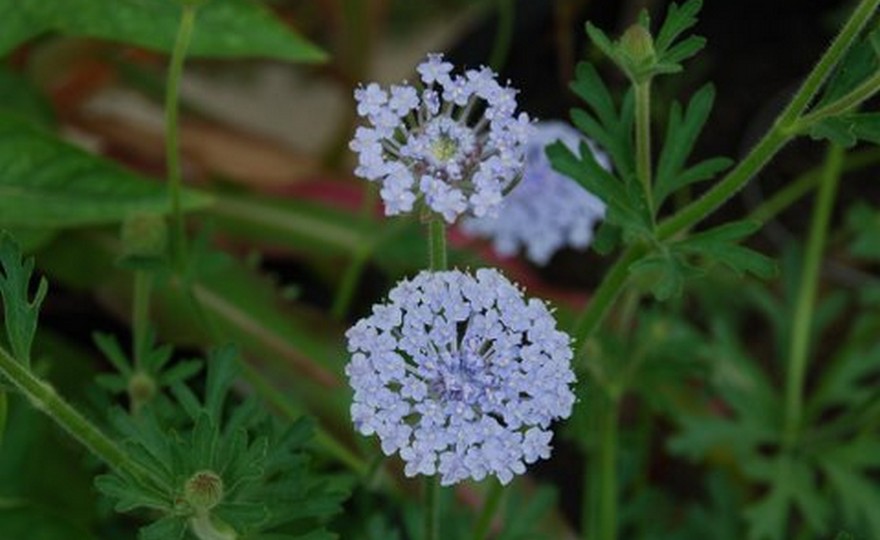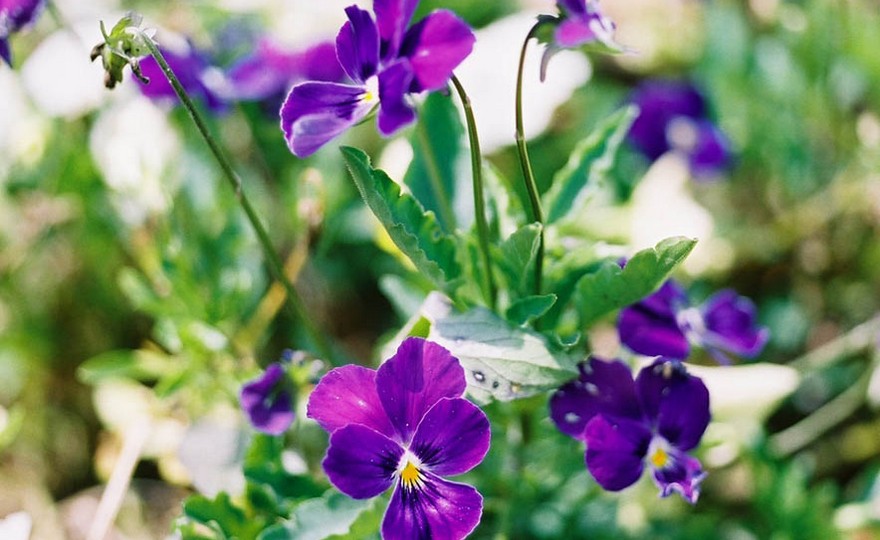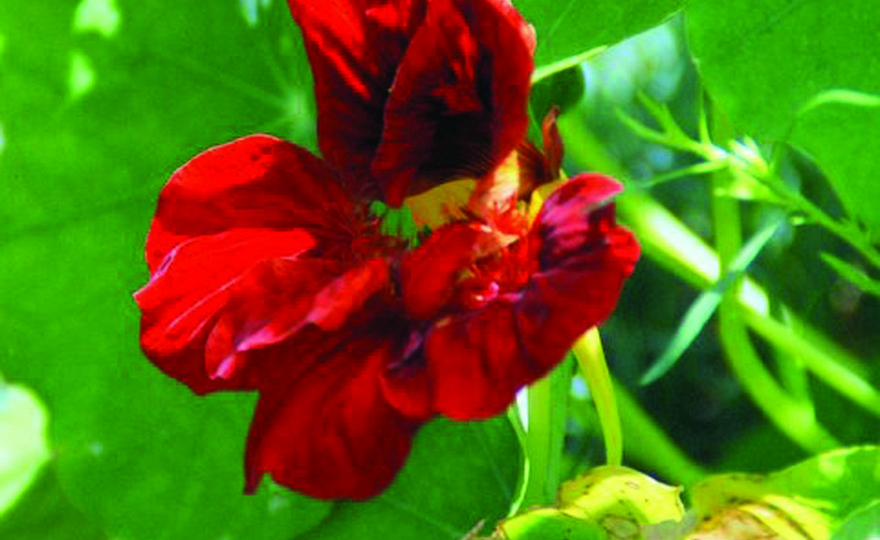
Calendula
-
- **SOLD OUT** HOLIDAY GIFTS **SOLD OUT**
- **SOLD OUT** Holiday Books **SOLD OUT**
- **SOLD OUT** Holiday Citrus **SOLD OUT**
- **SOLD OUT** Holiday Gift Certificates **SOLD OUT**
- **SOLD OUT** Holiday Paperwhites **SOLD OUT**
- **SOLD OUT** Holiday Praying Mantis Kits **SOLD OUT**
- **SOLD OUT** Holiday Tools **SOLD OUT**
- **SOLD OUT** Holiday Wildflower Mixtures **SOLD OUT**
- Citrus Trees
- **SOLD OUT** - Vegetable and Herb Plants - Mix & Match any 6 Plants for $50 - Only Shipped in Quantities of 6
- Elephant Ear Plants & Roots
- **SOLD OUT** 4-Inch Pot Herb Plants **SOLD OUT**
- Rare Plants
- **SOLD OUT** Vining Plants **SOLD OUT**
- Asian Seeds
- Beneficial Bugs
- Books
- Citrus Fertilizers
- Cold-Treated Bulbs - SEE BULBS FOR FALL PLANTING TO ORDER
- Cold-Treated Allium
- Cold-Treated Chionodoxa
- Cold-Treated Crocus
- Cold-Treated Hyacinthoides
- Cold-Treated Hyacinthus Orientalis
- Cold-Treated Narcissus
- Cold-Treated Cyclamineus Narcissus
- Cold-Treated Double Heirloom Narcissus
- Cold-Treated Jonquilla Narcissus
- Cold-Treated Large Cupped Narcissus
- Cold-Treated Poeticus Narcissus
- Cold-Treated Small Cupped Narcissus
- Cold-Treated Species Miniature Narcissus
- Cold-Treated Split Cupped Narcissus
- Cold-Treated Tazetta Narcissus
- Cold-Treated Triandus Narcissus
- Cold-Treated Trumpet Daffodils
- Cold-Treated Ornithogalum
- Cold-Treated Rock Garden Iris
- Cold-Treated Scilla
- Cold-Treated Tulips
- Cold-Treated Emperor Tulips
- Cold-Treated Fringed Tulips
- Cold-Treated Green or Viridiflora Tulips
- Cold-Treated Lily Flowering Tulips
- Cold-Treated Parrot Tulips
- Cold-Treated Peony Flowering Tulips
- Cold-Treated Single Early Tulips
- Cold-Treated Single Late Tulips
- Cold-Treated Species Tulips
- Cold-Treated Triumph Tulips
- Flower Bulbs, Corms and Tubers
- Bulbs for Spring Planting
- Bulbs for Fall Planting - ALL BULBS AVAILABLE ARE COLD TREATED FOR PLANTING AS SOON AS SOIL CAN BE WORKED
- Fall Blooming Bulbs
- Garden Tools & Equipment
- Gift Certificates
- HHH Exclusive Wildflower Mixtures
- Wildflower Mixtures
- Heirloom Garlic
- Potatoes
- Roots & Sets
- Seeds
- Flowers
- Herbs
- Vegetables
- **SOLD OUT** HOLIDAY GIFTS **SOLD OUT**
-
- No products to compare
-
74 in stock
Quick Overview
Calendula
For s, direct seed only, because they do not transplant well. Plant in the springwhen the danger of frost has passed in an area that receives full sun.
s will begin blooming in July and will continue to bloom until the first frost.
| Type | Spacing | Planting Depth | Days to Germination | Maurity |
| Annual | 12 in. | 1/2 in. | 14-21 | 45-60 |

Calendula
The Calendula, also known as Mary-Bud, Mary-Gold, Pot Marigold and Poor Man’s Saffron, is one of the oldest of all cultivated flowers. The plant was described in the Third Century, BC and was an important part of the gardens of 5th Century France. It has been under cultivation for six centuries. The Latin name, Calendae, means the first day of the month. The plant has been cultivated in England since the 1200’s. One of the many folk tales which enrich the history of this plant describes a beautiful, golden-haired child called Mary-Gold who spent all of her time watching the sun until one day she disappeared and was never found. In the place where she used to sit, there grew a little sun-like flower. The child’s friends proclaimed that the little flower was really Mary-Gold and that she had been turned into a flower. Calendulas came to the New World with the first European settlers. It was used as a coloring agent in foods and also in soups and stews. Joseph Breck in his 1851 book, The Book of Flowers, “A hardy annual, common to the gardens time out of mind, and formerly much used in soups and broths…” The petals of the flowers were used in puddings, dumplings and even wine. By the 1800’s doctors had realized that the plant, used as a poultice, could stop bleeding. By the time of the Civil War most doctors carried dried calendula petals in their medical bags to stop bleeding and to promote the healing of wounds.

